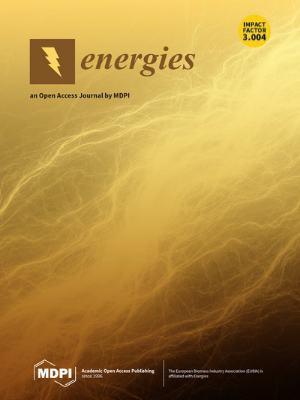Reducing CO2 Emissions of Hybrid Heavy-Duty Trucks and Buses: Paving the Transition to Low-Carbon Transport
IF 3.2
4区 工程技术
Q3 ENERGY & FUELS
引用次数: 0
Abstract
This study investigates the CO2 reduction potential of powertrain hybridisation on heavy-duty lorries and city buses. The analysis considers modern parallel and serial hybrid architectures, assessing their efficiency and limits in CO2 emission reduction through vehicle simulation in VECTO, which is the official tool of the European Commission for calculating heavy-duty vehicle fuel and energy consumption. The results reveal distinct trends for each vehicle type and architecture. In lorries, more significant improvements are observed in urban delivery profiles, reaching up to ~16%, indicating the benefits of hybridisation in transient conditions with energy recuperation opportunities. City buses, particularly those with serial architectures, exhibit significant emission reductions that reach 36%, making them suitable for urban environments. The optimisation of electric motor size and performance plays a crucial role in achieving emission reductions, while battery capacity must be carefully considered to avoid adverse effects. For lorries in urban delivery use, further improvements of 17.5% can be achieved by utilising a 160 kW engine motor and 30 kWh battery. Buses are already quite well optimised, with serial architecture presenting the highest benefits with a 120 kW electric motor and a battery of 11 kWh. Future research should focus on supercapacitors and gearboxes to improve efficiency at higher vehicle speeds and assess hybridisation potential in interurban coach travel. The heavy-duty vehicle sector can make significant strides towards low-carbon transport by maximising hybrid powertrain efficiency and emission reductions.减少混合动力重型卡车和巴士的二氧化碳排放:为向低碳交通过渡铺平道路
本研究调查了重型货车和城市公交车动力总成混合动力的二氧化碳减排潜力。分析考虑了现代并联式和串联式混合动力架构,通过在 VECTO(欧盟委员会计算重型车辆燃料和能源消耗的官方工具)中进行车辆模拟,评估了它们在减少二氧化碳排放方面的效率和限制。模拟结果显示了每种车辆类型和结构的不同趋势。在载重汽车中,城市配送车辆的改进更为显著,最高可达约 16%,这表明混合动力技术在瞬态工况下具有能量回收的优势。城市公交车,特别是那些采用串联结构的公交车,排放量显著减少,达到 36%,使其适用于城市环境。电动机尺寸和性能的优化对实现减排起着至关重要的作用,同时必须仔细考虑电池容量,以避免不利影响。对于用于城市配送的货车来说,使用 160 千瓦的发动机电机和 30 千瓦时的电池可进一步减少 17.5%的排放。公交车已经得到了很好的优化,采用串联结构的公交车通过使用 120 千瓦的电动机和 11 千瓦时的电池可获得最大效益。未来的研究重点应放在超级电容器和变速箱上,以提高更高车速下的效率,并评估城际客车的混合动力潜力。通过最大限度地提高混合动力系统的效率和减排量,重型车辆领域可在低碳运输方面取得重大进展。
本文章由计算机程序翻译,如有差异,请以英文原文为准。
求助全文
约1分钟内获得全文
求助全文
来源期刊

Energies
ENERGY & FUELS-
CiteScore
6.20
自引率
21.90%
发文量
8045
审稿时长
1.9 months
期刊介绍:
Energies (ISSN 1996-1073) is an open access journal of related scientific research, technology development and policy and management studies. It publishes reviews, regular research papers, and communications. Our aim is to encourage scientists to publish their experimental and theoretical results in as much detail as possible. There is no restriction on the length of the papers. The full experimental details must be provided so that the results can be reproduced.
 求助内容:
求助内容: 应助结果提醒方式:
应助结果提醒方式:


